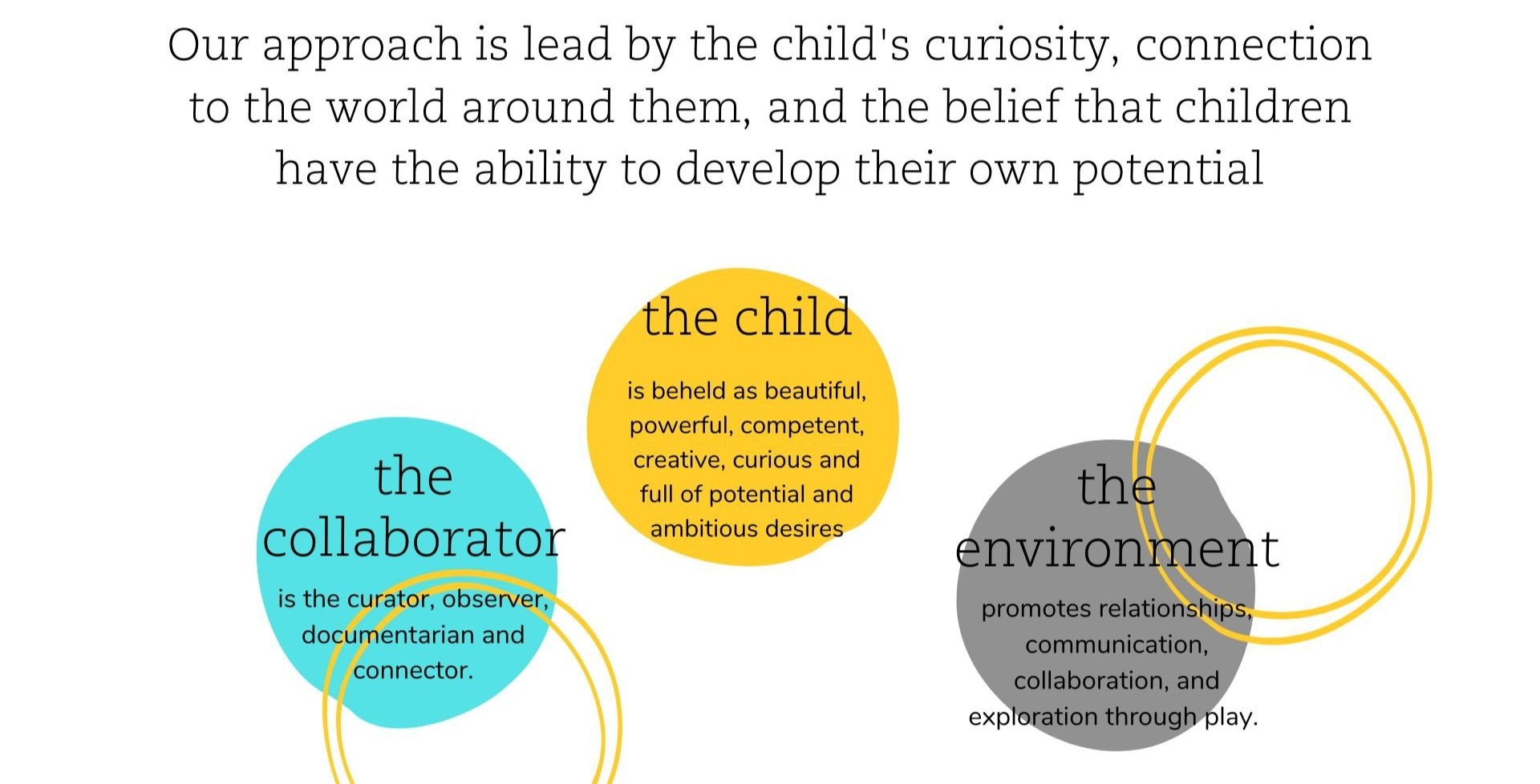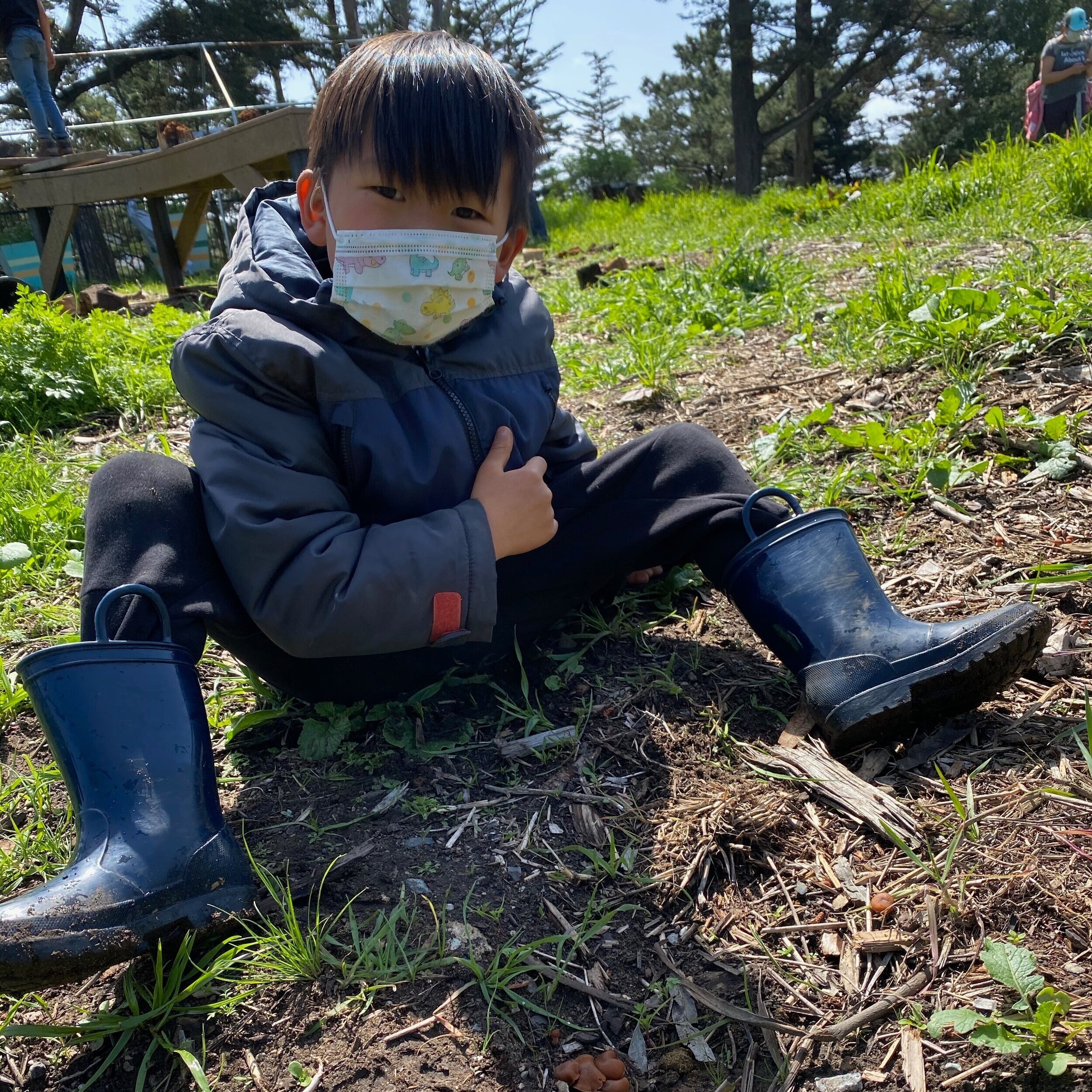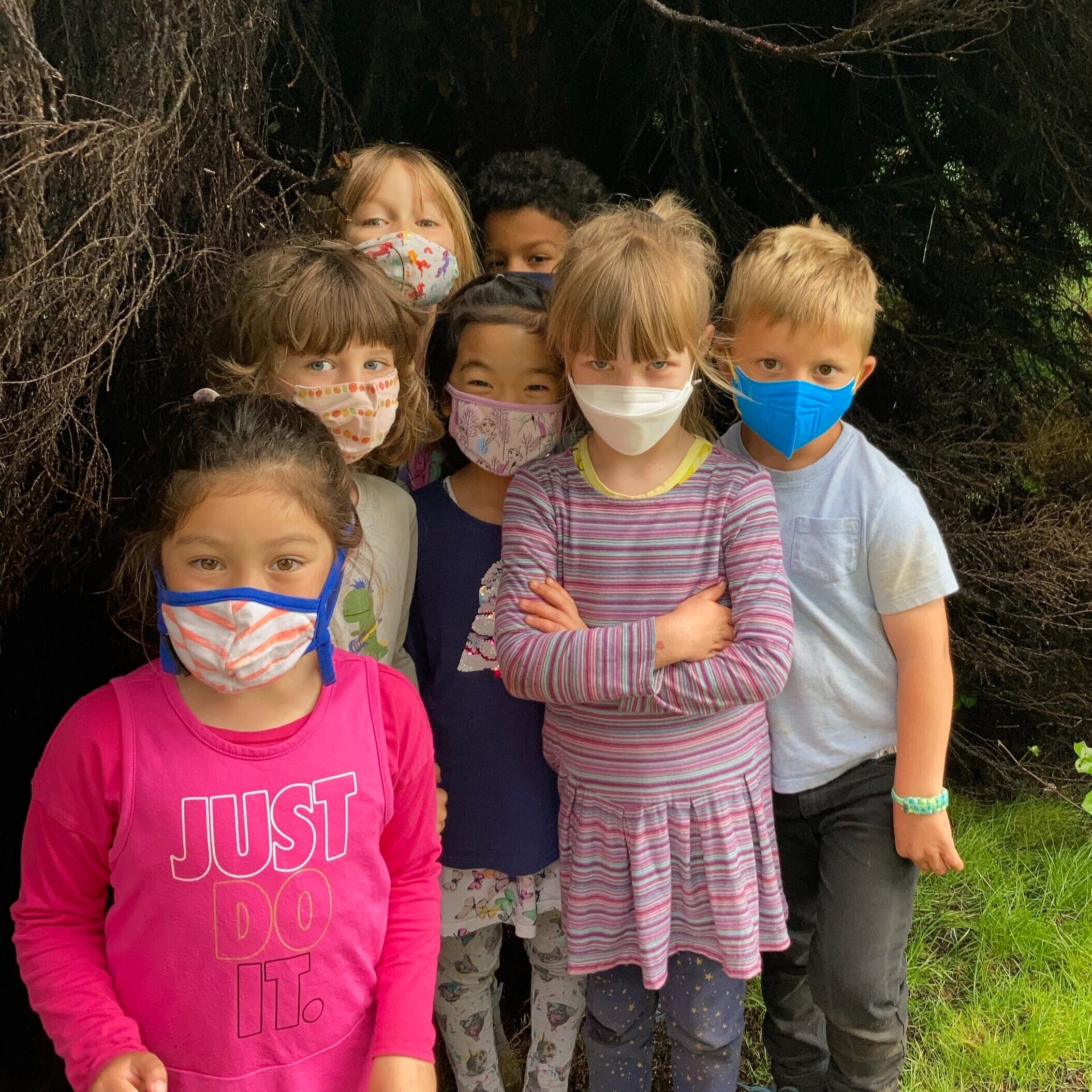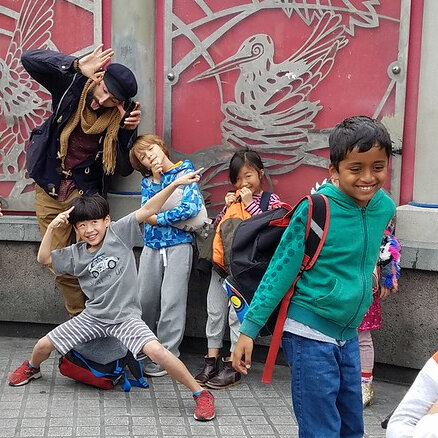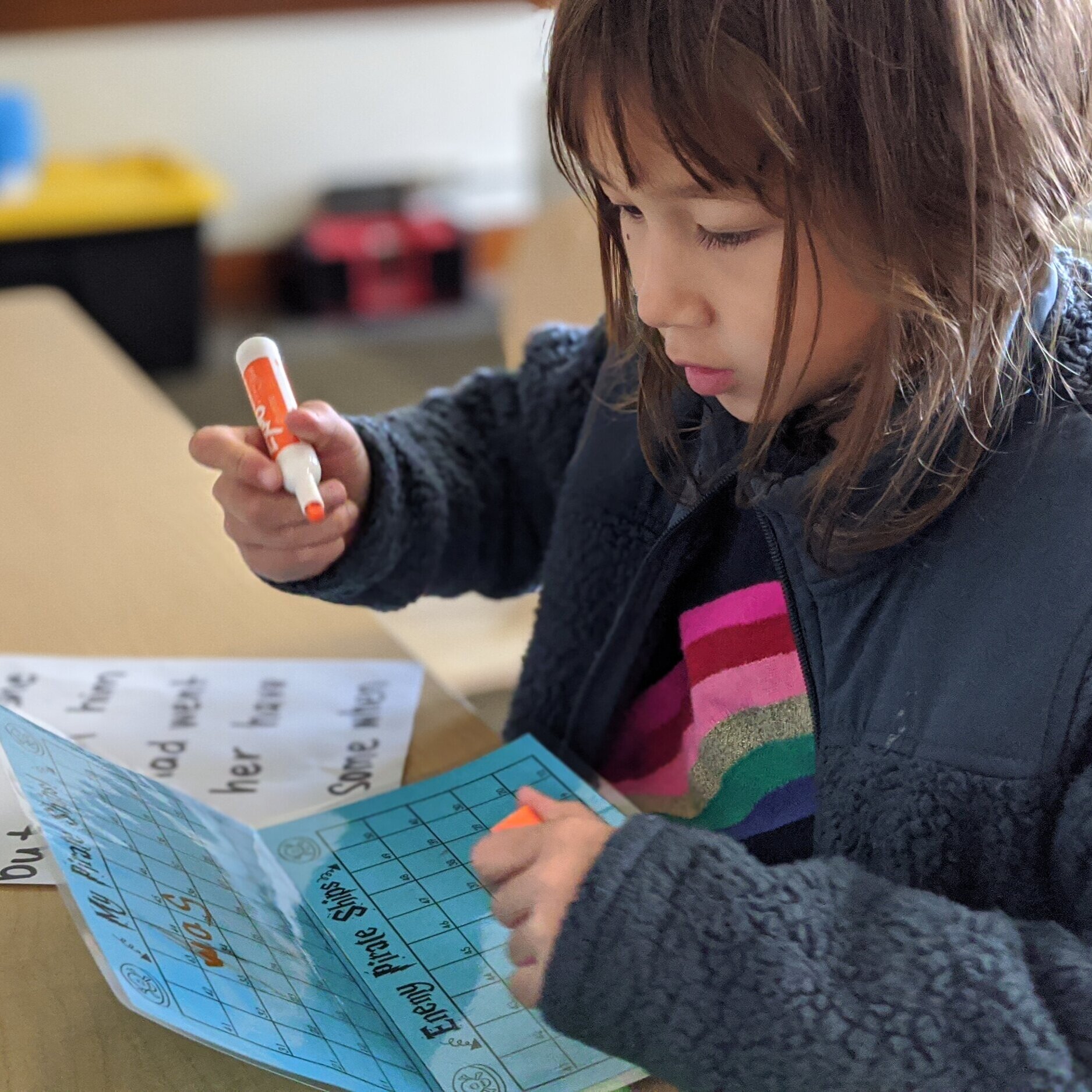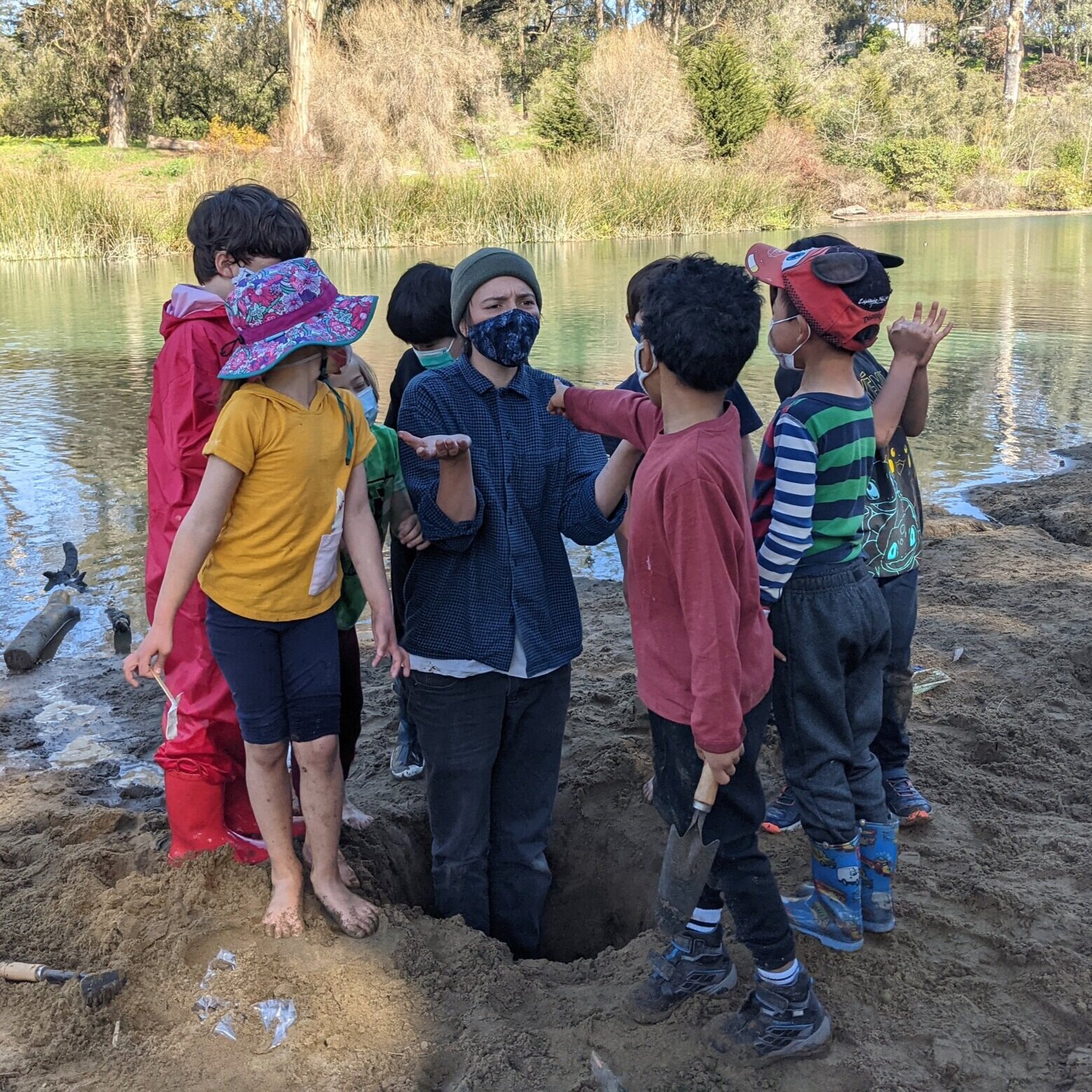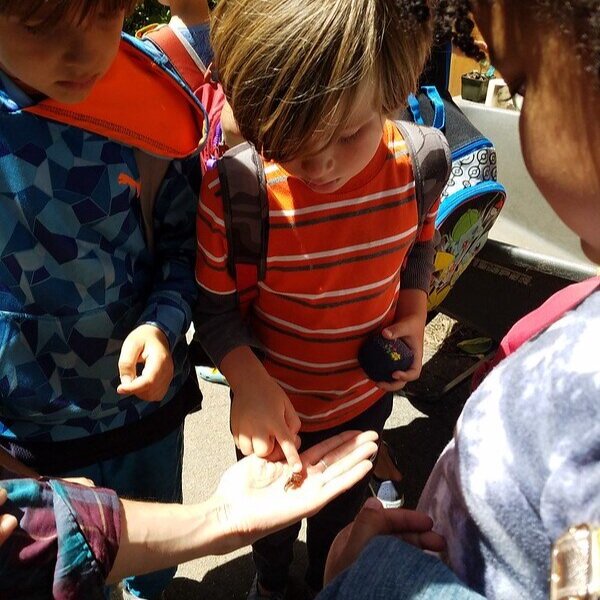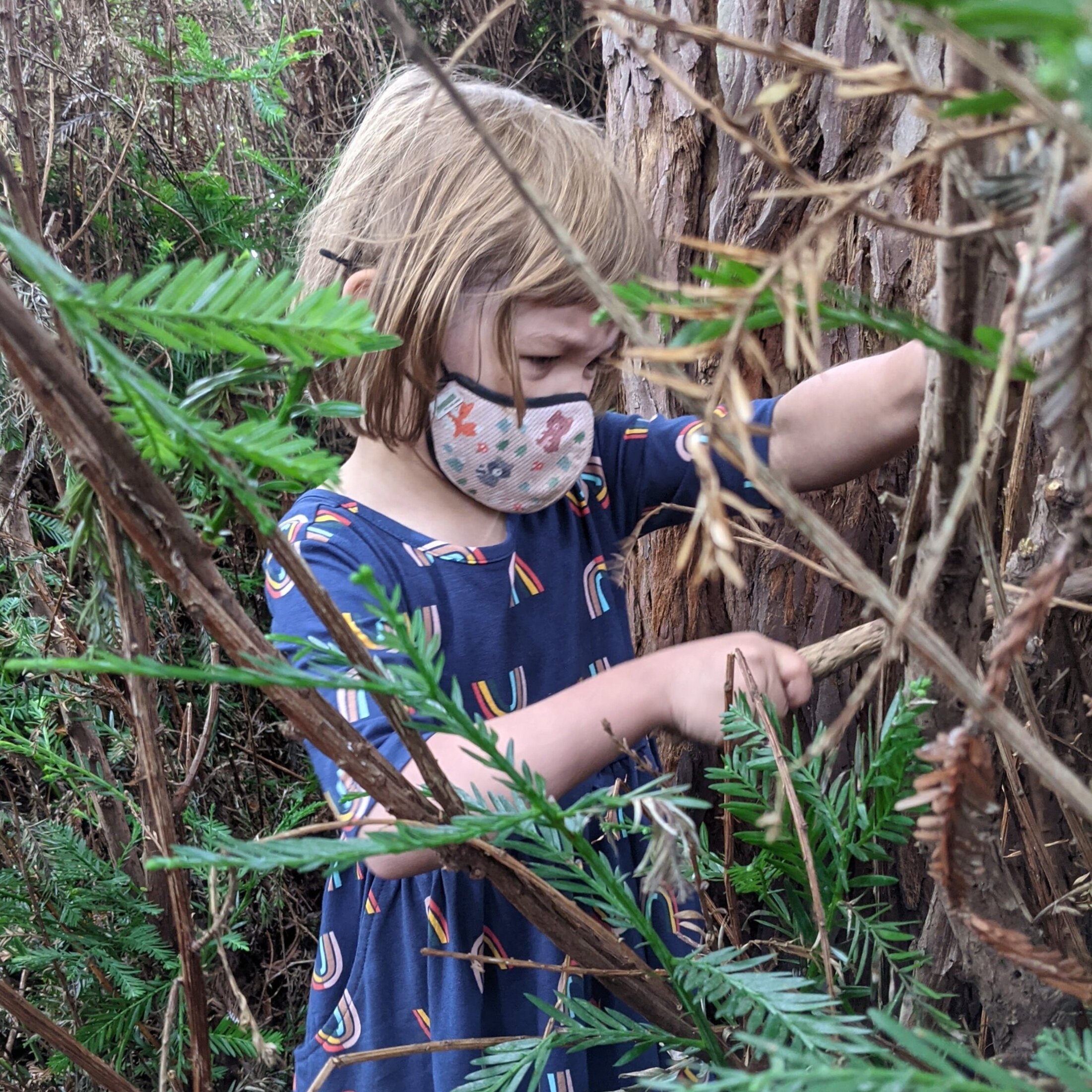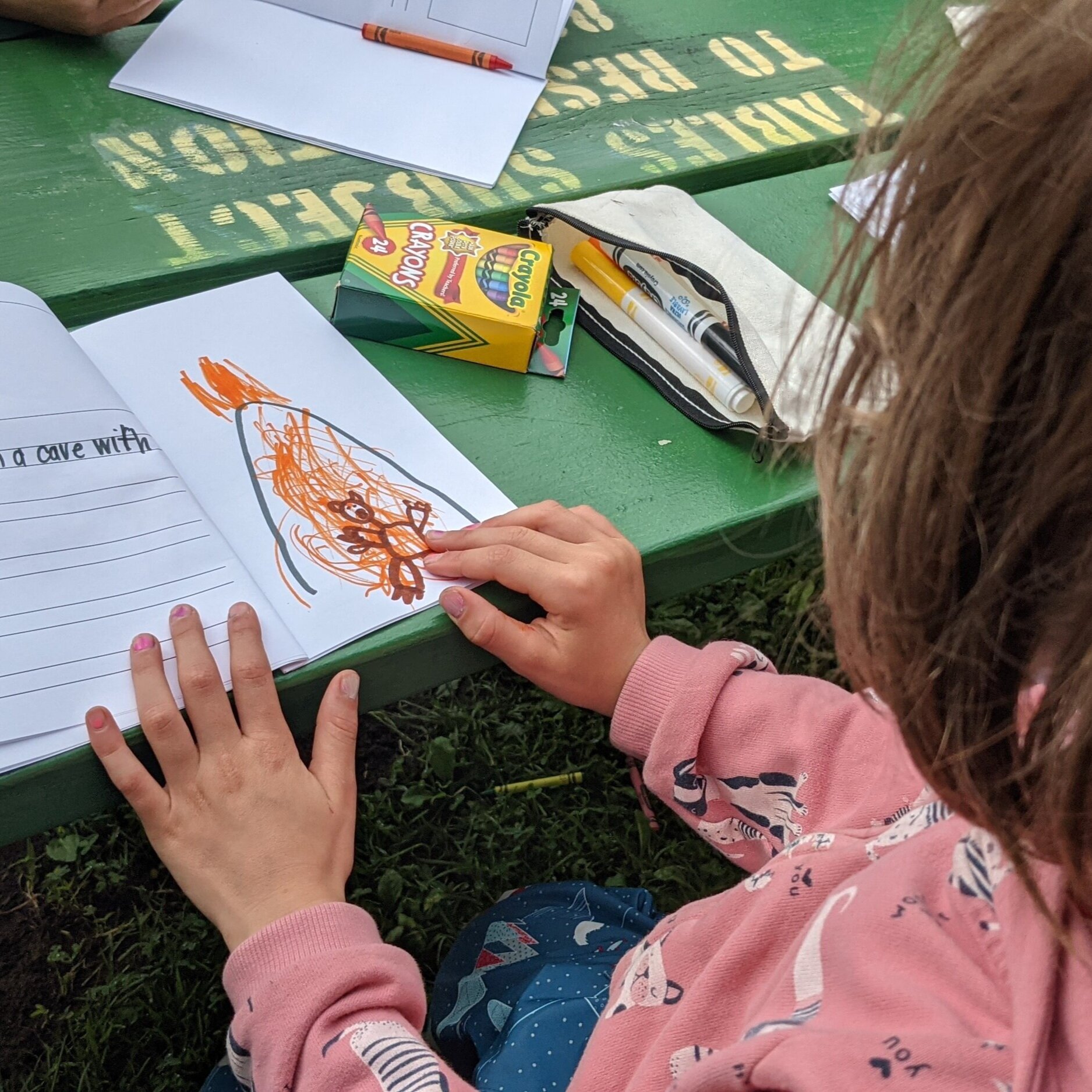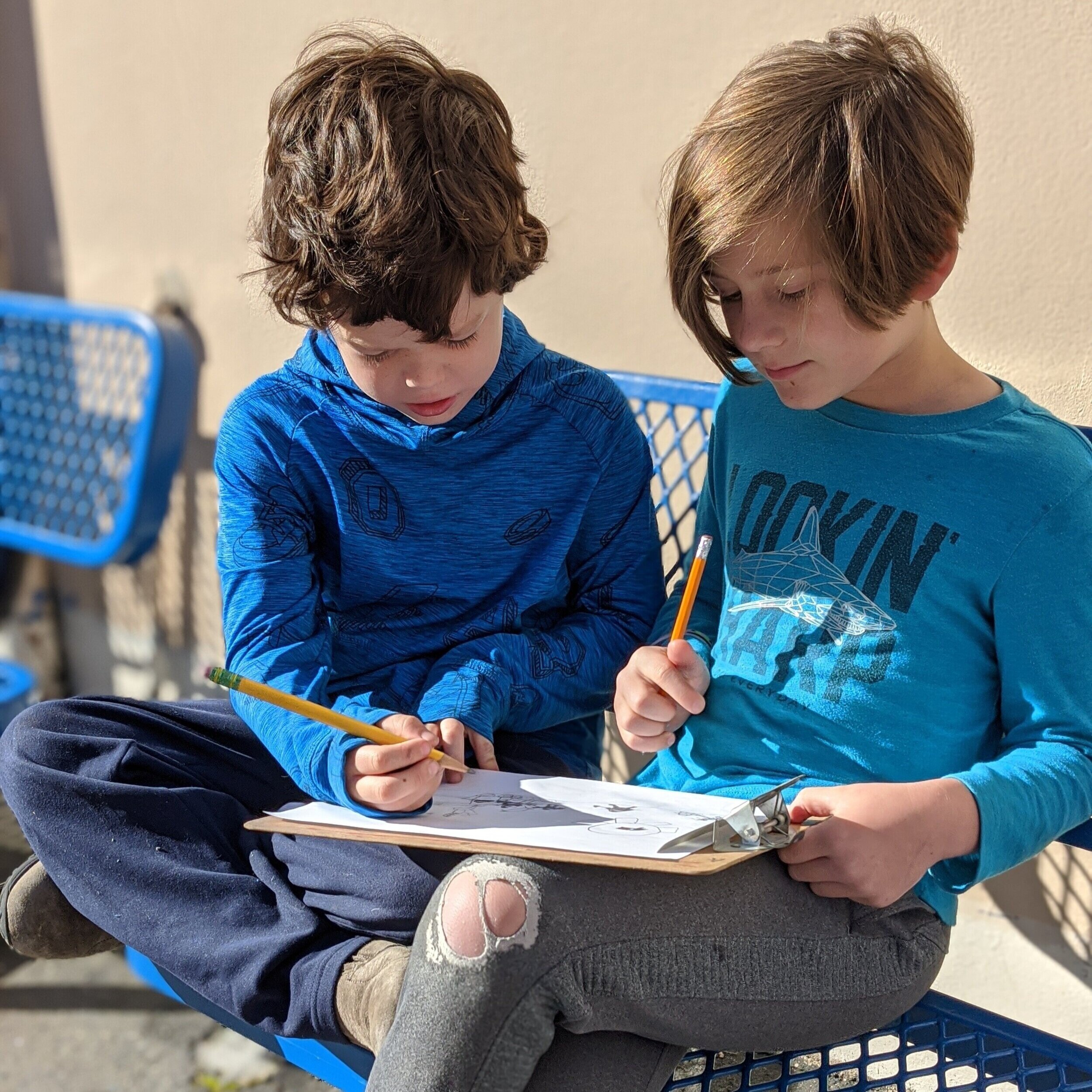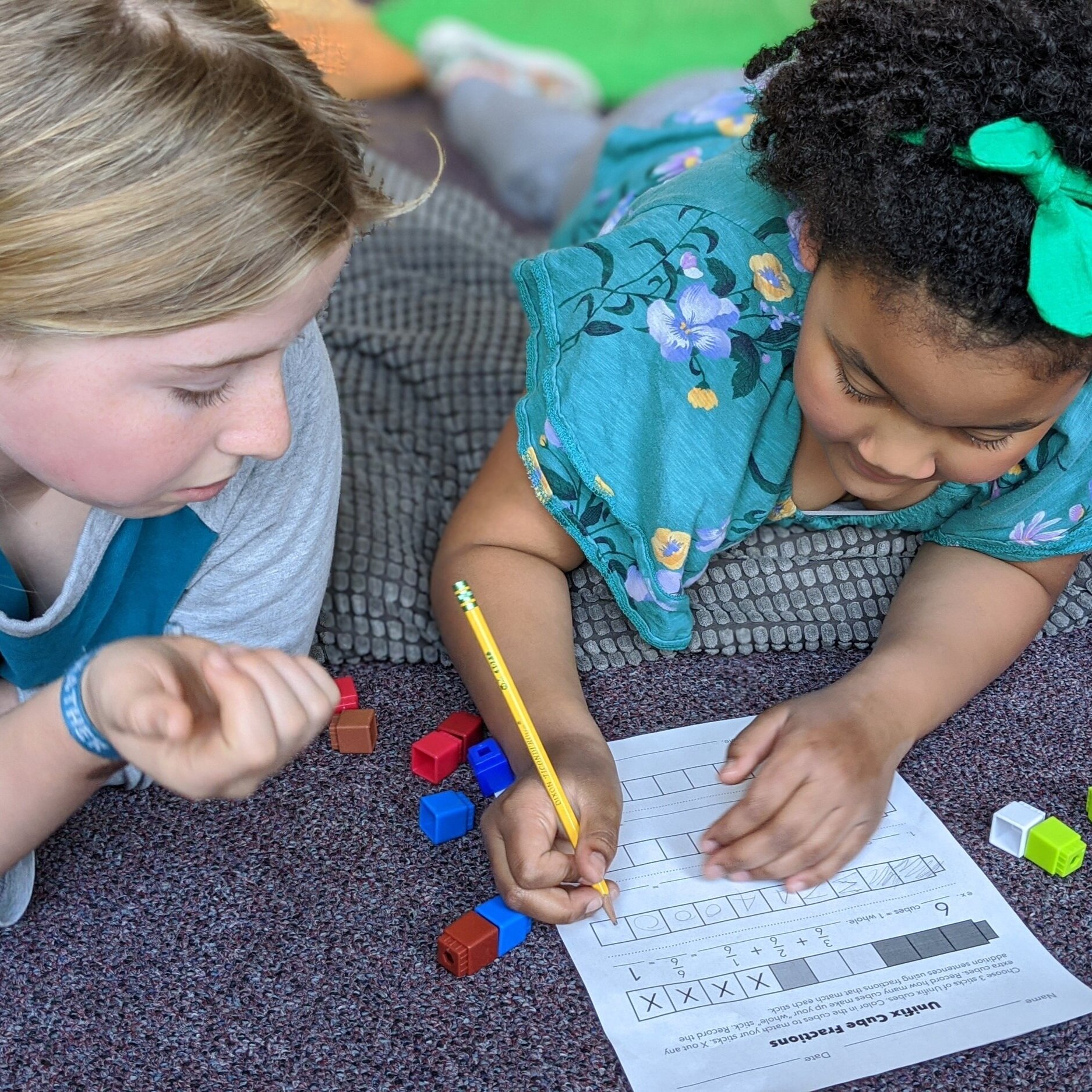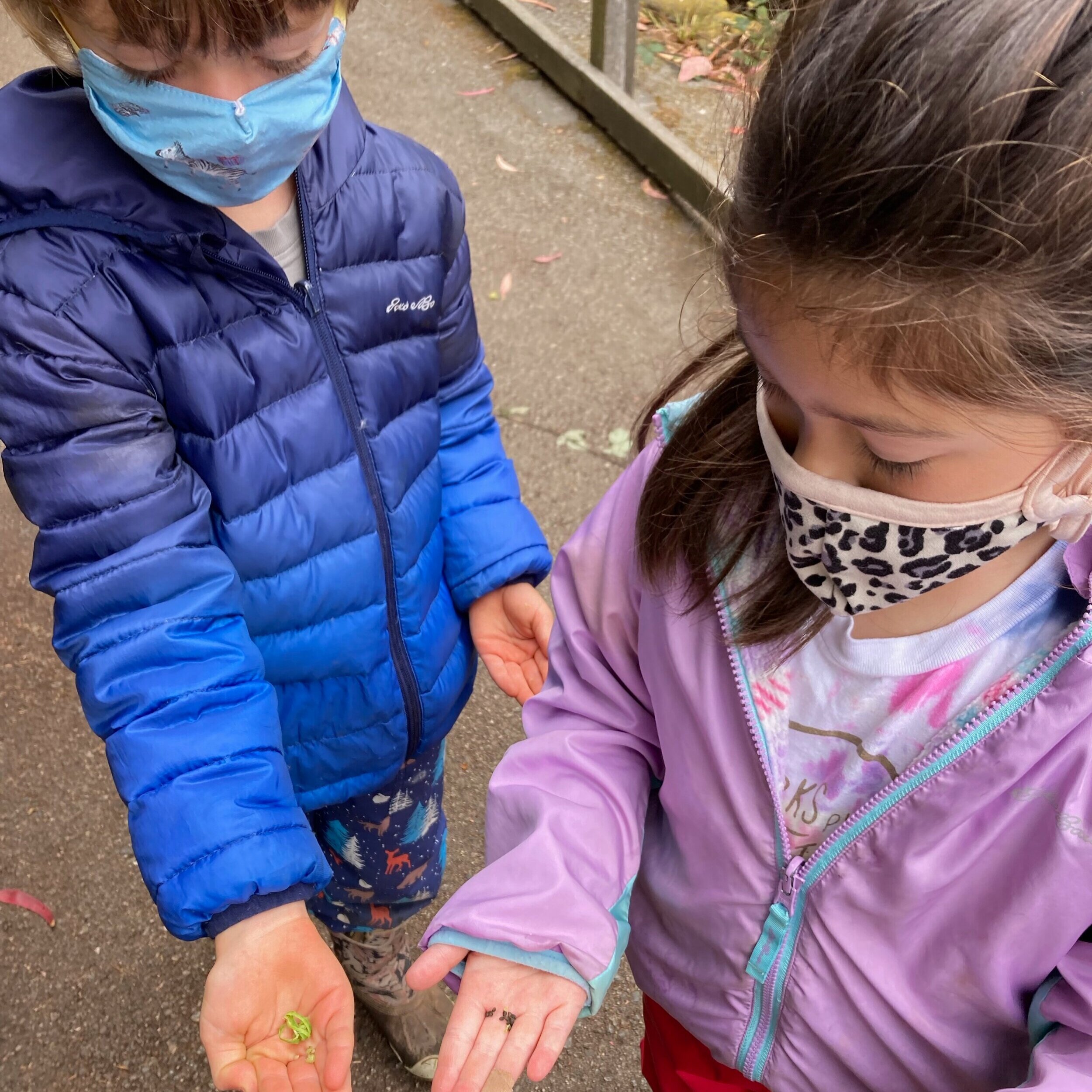The Context for Learning
The core of learning is not offered as pre-digested information delivered from the outside, but instead in a well-choreographed dance between a child, their peers and the environment.
Ultimately, this is what sets Brightworks apart from so many other schools: the child’s experience as a component of equal importance to the role of the educator and the environment.
The child is central to their own learning
They are not an empty vessel waiting to be filled with knowledge.
We know that in order for true learning to take place, a child must be known and seen and must be given room to bring their full self, their myriad questions and their bold ideas into the classroom.
Young learners explore the world, new ideas, and topics through play and experimentation. They practice early project management skills through discussions of how to break down their big ideas into smaller parts, putting tasks in order, and creating to-do calendars.
The whole group will work together on different aspects of the same larger goal, or students make similar things in parallel with their peers. Cooperation and collaboration are key in this process, and ultimately, the projects in the early years’ program are more about the process than the actual final product.
Teachers are nimble + responsive
We observe student learning, make that learning visible through documentation, and we honor the child's intellectual capacities and innate curiosity.
Our intensely dynamic educators, who we call collaborators, create playful open ended explorations that act as a launching place for deeper inquiry and project opportunities that connect student interest to goals of early childhood development and skill building.
Often, what adults anticipate and plan for is different from what sparks learners’ minds. It’s our job as collaborators to follow the students’ passions as they explore and create.
Collaborators listen to children, provide them with opportunities to show initiative, let children decide on their activities, explore, draw conclusions, and express their thoughts.
We indirectly provoke ideas and solutions and accompany the children on the exploration process rather than creating a distinct instructor/pupil relationship.
This dynamic allows children to be active agents and composers of meaningful learning experiences, while teachers support and guide children to become conscious of their own learning.
The environment is curated and engaging
“Learning at its finest utilizes the environment as a third teacher, in conjunction with the students and a classroom facilitator. A place where every activity and object placed in the space has a purpose, adds to the learning, and helps scaffold information across the learning domains.”
At Brightworks, the environment is intentionally designed to spark curiosity and creativity.
Our school building is embedded in nature and allows for seamless transitions from indoor to outdoor so the learning that can happen is expansive. Inside our school building, the Kindergarten space has loose parts specifically selected to provoke learning. When real problems arise that require real tools, we head to our shop and learn how to safely use the tools to create what we need.
And if the focus shifts to topics served through first hand observations at our city’s world-class museums, science centers or geography, we can organize a ride on the PresidiGo shuttle to investigate deeper or call on an expert from our Human Library.
Over the past decade using this model, we’ve witnessed the incredible potential of children when they are given the freedom to dive deep and follow their interests. Our goal is to create a culture of learning where students, families and staff are engaged, motivated and valued. The process of learning is the focus, not the product.

